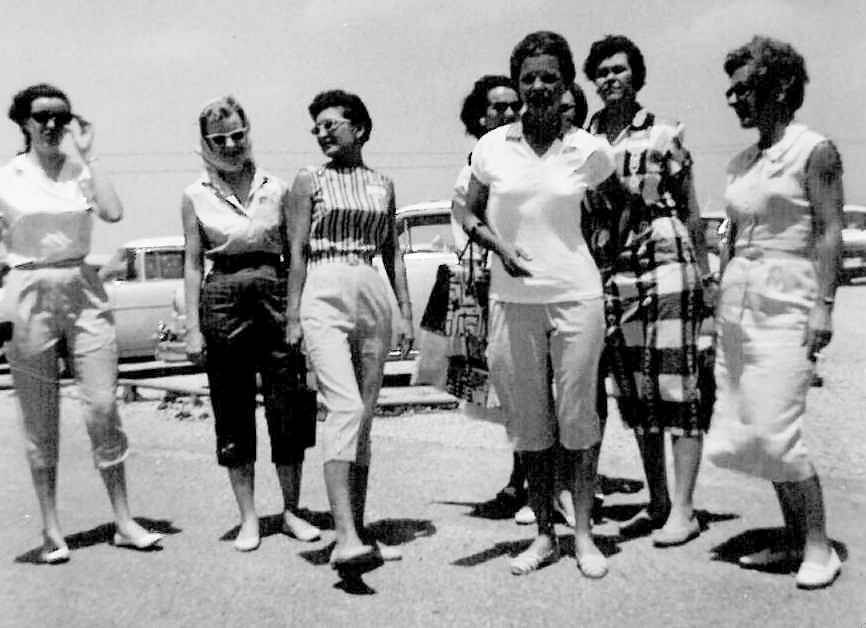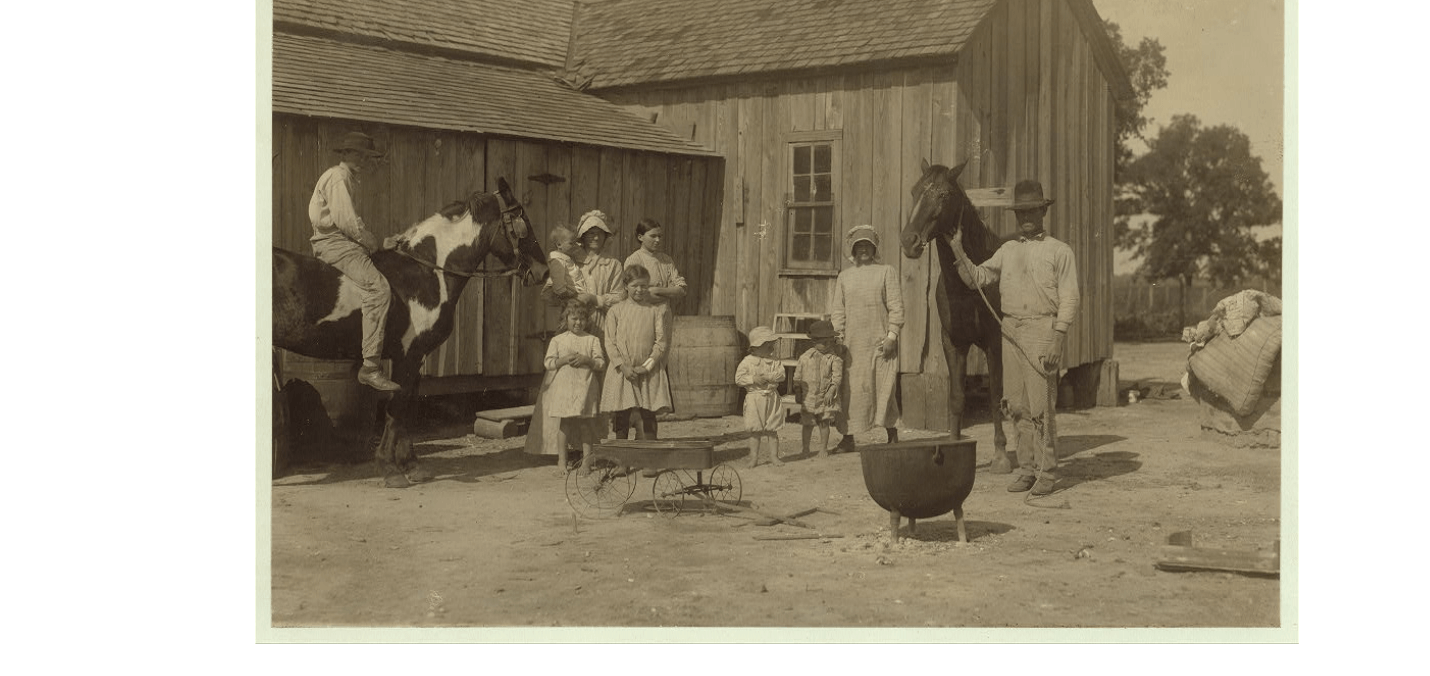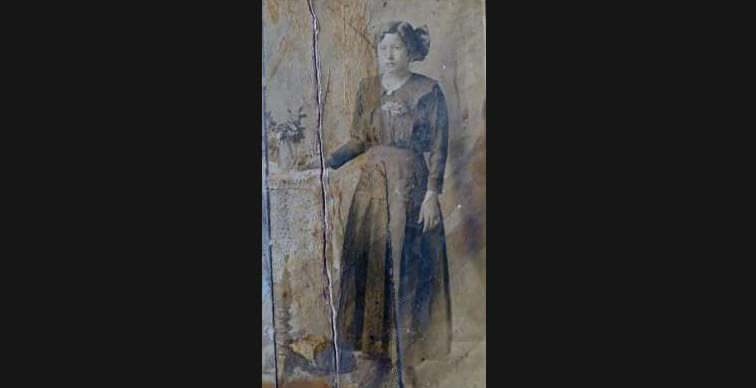On the hundredth anniversary of the Bread and Roses textile strike, over 300 labor activists, researchers and community members gathered on April 28 in Lawrence, Massachusetts. The strike, which began on January 11, 1912, was one of the transformative labor victories of the twentieth century. To this storied moment in U.S. labor history, symposium presenters brought new archival research and fresh insights into telling, teaching and interpreting the Bread and Roses strike in today’s world.
Participants met throughout the day in twenty panel sessions set within and against the backdrop of the Everett Cotton Mills, where the strike began when Polish women opened their pay envelopes and found that employers had reduced their wages “in accordance” with a state-mandated reduction in the workweek for women and children. The panels explored topics ranging from micro-studies of strike organization to historical memory to contemporary activism and labor education.
In 1912, six out of seven Lawrence residents were foreign born or the children of immigrant parents, and Lawrence is still an immigrant city. The 2010 census found that 73.8 percent of its population was Hispanic or Latino. On the sixth floor of the Everett Mill, an exhibit named for the rallying cry of the Polish women, “Short Pay! All Out!”, is captioned in English and Spanish. So are instructions throughout the city’s police department and its public library. The best restaurant in Lawrence – a short walk up from the Everett – is a Mexican restaurant called Azteca. A window table looks out on the historic Commons where Big Bill Haywood, Elizabeth Gurley Flynn and Iowa’s Pearl McGill spoke to thousands of striking textile workers a hundred years ago.
Memory of the strike may not pervade the town, but it surfaces in such locations as the Lawrence Heritage State Park, the public library, and the Lawrence History Center. It also emerges in surprising places like the Bread and Roses soup kitchen, started in a Lawrence storefront in 1980, which now helps more than 150 homeless people and needy families—and there are many in a town with an unemployment rate of 15.8 percent.
In 1912, the Lawrence textile industry employed over 30,000 workers; today it employs just 500, who are represented by UNITE HERE’s New England Joint Board Local 311. The local’s members turned out in force at the symposium, where they were easy to spot by their red “UNITE HERE Bread and Roses” t-shirts. They led a panel discussion, and at the plenary session, board member Juan Williams gave a rousing introduction to AFL-CIO president Richard Trumka, who characterized the strike for bread and roses as embodying the ongoing struggle for dignity and justice that continues to drive the American dream. The events of 1912 still resonate a century later in the U.S. and around the globe as workers, unions and activists continue the struggle for safe working conditions, fair wages, and immigrant rights.
See also Lawrence History Center’s report on the symposium: http://www.lawrencehistory.org/node/19914
Thank you LAWCHA member and conference participant Janet Weaver for submitting the report.






